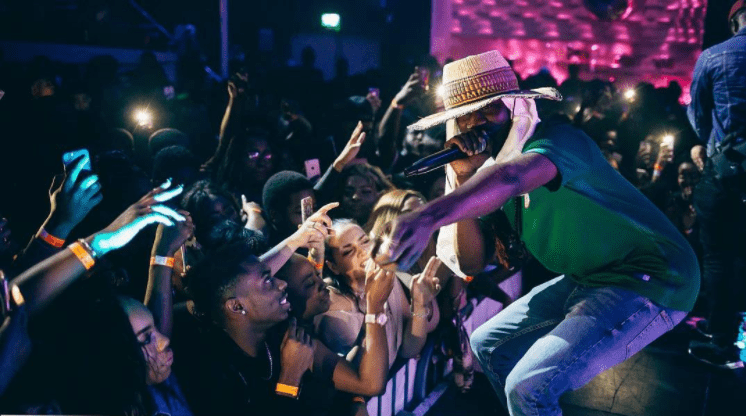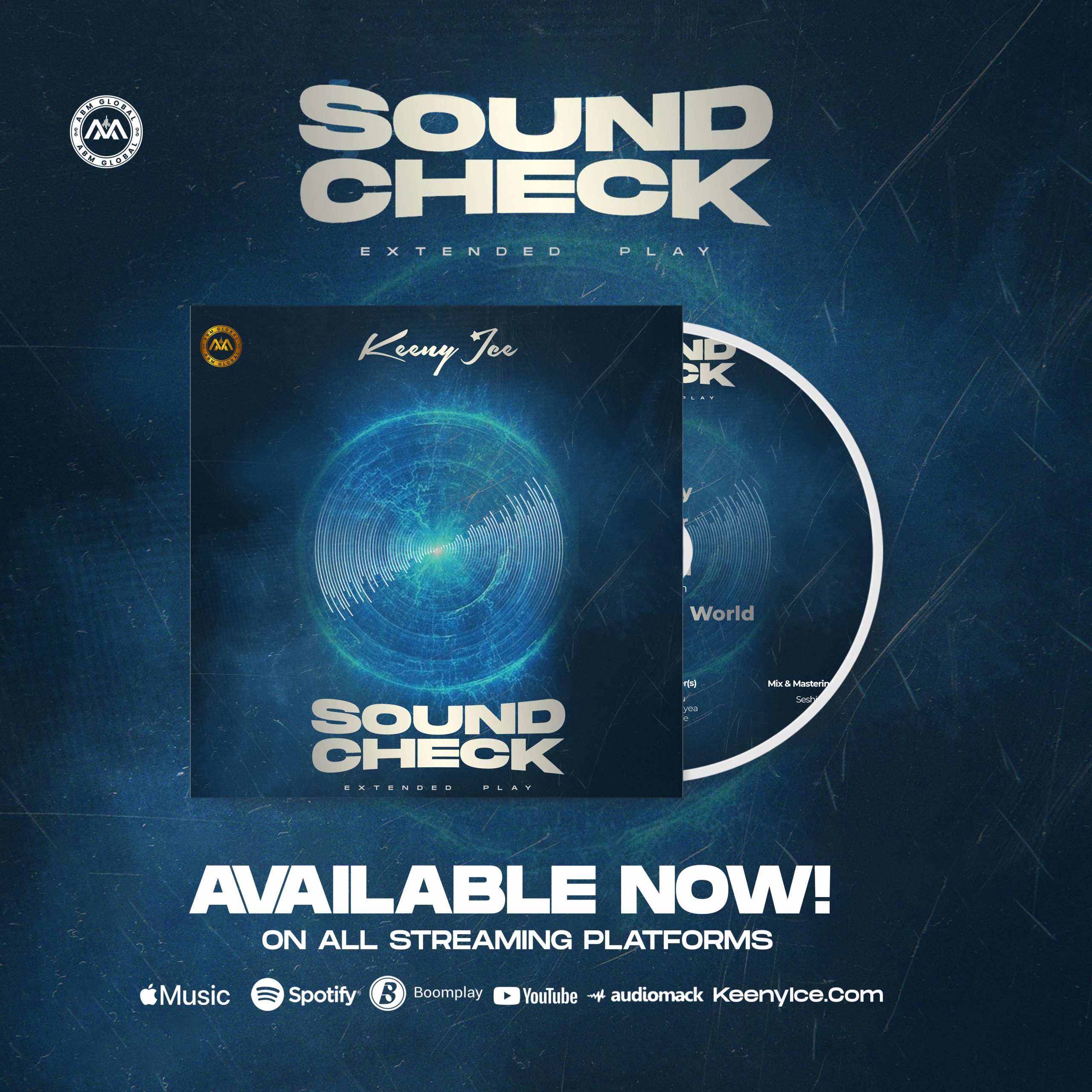How To Promote Your Music
Most aspiring artistes have no idea how to promote their music. They’re stuck in a horrible process of going to the recording studio, uploading their music to Soundcloud or Youtuve, sharing the link on social media, and then expecting someone to hear their music and “put them on”. If becoming a successful musician was that simple, every musician would be successful.
Handling the music marketing aspect of your career is not rocket science. However, it will take trial and error mixed with hard work to identify the strategies that work best for you and your audience.
So, to help you avoid the horrible process I listed above, I’m going to show you everything you need to know to successfully promote your music.
- Learn Your Audience
You must know your audience. Knowing your audience will help give you direction for promoting your music.
- Choose The Platform That Your Audience Is Most Active On
If you know your audience, you should know (or be able to figure out) what platforms your audience spend the most time on. This is where you should start your music promotion.
- Decide On A Strategy For Getting In Front Of Your Audience
It will be difficult to figure out the ‘best’ marketing strategy for getting in front of your audience. I highly recommend you look at what kind of marketing they’ve responded well to in the past, and then use a similar strategy for getting in front of them.
There’s no right or wrong strategy. Every strategy (regardless if it works or not) gets you one step closer to finding the best marketing strategy for your audience.
- Evaluate Feedback (Or Lack Thereof)
Once you start getting in front of your audience, you’ll start to get feedback. I’ve seen artistes promote their music and then stop because nobody is responding to it. The interesting thing about feedback is that no feedback is still feedback.
If you’re not receiving any responses to your music, it usually means there’s a problem.
- Improve
Once your start receiving feedback, you need to utilize it. This usually comes in the form of improving something. Sometimes it’s the music, and other times it could be the strategy. Regardless of what you improve, make sure it’s based on the feedback you received.
- Repeat
That’s a simplified version of the process. To go from step 1 to 5 can take weeks or months depending on how large your release is and how many people you have in between you and the fans (also known as feedback loops).
Understand The Feedback Loop
A feedback loop is a term commonly used to refer to a situation where part of the output of a situation is used for new input.
Short Feedback Loop
Fans get music –> Fans give feedback –> Artist receives feedback –> Artist improves based on feedback –> Repeat
Long Feedback Loop
Fans get music –> Fans give feedback –> Manager receives feedback –> Manager gives feedback to label –> Label receives feedback. –> Label evaluates feedback –> Label gives feedback to manager –> Manager gives feedback to artist –> Artist Improves based on feedback –> Repeat
The two examples above should give you an idea as to why one artist can grow faster than another. If one artist is able to get feedback and improve quicker than another artist, he’ll win over time.
However, just because it’s a longer feedback loop does not mean it’s going to be slower. If the people involved in the feedback loop can work efficiently, a long feedback loop can be just as quick as short one.
Note: As an artiste, regardless of how many people you have on your team – always align yourself as close as possible to the fans. This will usually require you to be the decision maker for your career (something to consider if you plan on signing to a label).
Credit(s): 1. Jonilar 2. MusicScoop 2.MusicKnowledge 4. Music Marketing Hub

